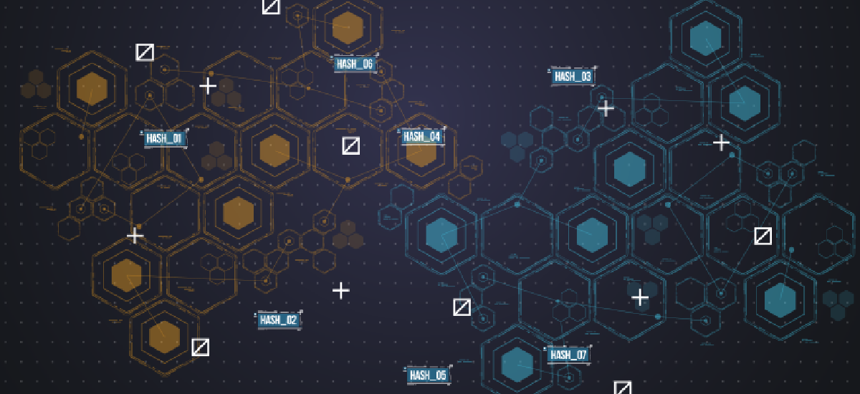Forging a blockchain agencies can use


Connecting state and local government leaders
Agency blockchain projects must address risk, change management and training as part of their strategy, a GAO exec says.
Besides examining agency spending and performance, the Government Accountability Office also has its eye on distributed ledger technologies.
GAO's five-year strategic plan released in February identified blockchain and cryptocurrencies as technologies that have the ability “potentially transform” society.
Agencies considering using blockchain to improve government processes must develop policies and procedures that address risk, change management and training as part of their strategy, GAO Director of Financial Management and Assurance Asif Khan said. “Blockchain is so customizable and versatile so you need to clearly think through the needs in your environment,” he said at May 2 KPMG Future Ready Government event.
“We find people who are interested in blockchain because it is a buzzword," Khan said. But with more experimentation and proofs of concept, "the word will get out as to how people can adopt blockchain within their own [agencies],” he said.
Agencies need risk-based policies and procedures for the blockchain projects. For instance, Khan said, agencies must have a game plan for what happens if the ledger is hacked and the chain can no longer be accessed for a specific project.
Change management and training enter the picture when blockchain starts making processes more efficient and eliminating redundancies. “Peoples' roles are going to shift, so change management is necessary to show how [the project] will be implemented,” Khan said. “Each person needs to be trained on what their roles are in the environment.”
GAO itself is interested in using blockchain to verify information at the source level for its reports, but the idea has not gone beyond the discussion phase, Kahn said.
The Treasury Department's Bureau of Fiscal Service, however, already has seen benefits from a blockchain proof of concept that inventoried employees' computers and phones. However, it remains to be seen whether blockchain will be able to live up to the hype, said Craig Fischer, program manager for that agency's Office of Financial Innovation and Transformation.
“The next step is [to] understand what this [type of project] means when it is moved to into an operational environment in the federal government,” Fischer said. “When you have a network that spans and effects several agencies, it could be useful, but we need to determine what the architecture for that would look like.”
NEXT STORY: Do you know where your data's been?




